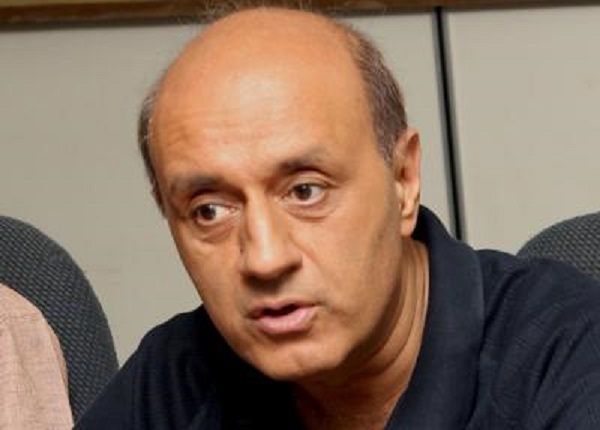A research study shows how communities and castes have been stereotyped consistently across our small and big screens, for years.
by Humra Quraishi
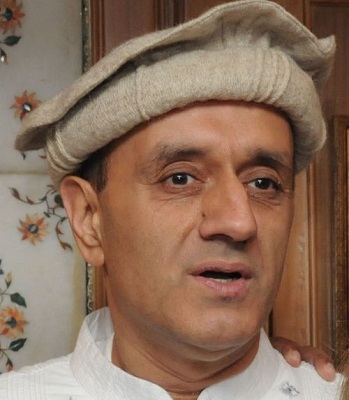 There’s something about Parvez Dewan (see pic on left), the J&K cadre IAS officer who is currently officiating as the Secretary, Tourism (Government of India). He has authored several books, written lyrics and undertaken offbeat research on various topics. You can’t not take this man seriously.
There’s something about Parvez Dewan (see pic on left), the J&K cadre IAS officer who is currently officiating as the Secretary, Tourism (Government of India). He has authored several books, written lyrics and undertaken offbeat research on various topics. You can’t not take this man seriously.
Several years ago, he was so intrigued by certain projections of people that he saw on the big and small screens of India, that he undertook a research study to get to the bottom of it. This was 20 years ago. He began collecting data vis-à-vis the media’s portrayal of the various castes and religious groups of the country.
His study was based on 786 Hindi films, 300 episodes of popular television serials and 300 commercials. And the groups that dominantly emerged from the study were Sikhs, Christians, Muslims, Tamilians, Scheduled Castes and Tribes, Sindhis, Marwaris, Parsis, Hyderabadis, Chinese settled in India and Maharashtrians. A study of his research yields some interesting results.
What did Pervez find?
His findings showed that in a great majority of Hindi films, the Christian men are unattractive and invariably seen clutching a bottle of alcohol. “They are also portrayed as petty criminals, as against the gang leaders who are almost always Hindi-speaking Aryan caste Hindus. That presumably signifies power. A Christian man will rarely marry a caste Hindu woman and when he does, the marriage will end in a disaster. On the other hand, Christian women are projected as fair-skinned and generally with loose morals – the smoking, drinking types,” he said.
Muslim men are shown in typically ‘Muslim’ attires. “They are either old, handicapped, subordinate, sterile, impotent or 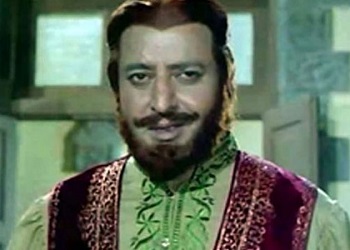 homosexual. If they are not any of these, then they are often fathers of too many children. Less than 20 per cent of the Muslim men are portrayed as young, but even in this category, they are depicted not only as backward but as fundamentalist, mazhab ke pakke types, so much so that many of the opening shots of several films start with a Muslim offering namaaz,” Pervez found. Another trend noticed and a trend which seemed to increase since the release of the film Tezaab, is the portrayal of Muslim men as terrorising the local population.
homosexual. If they are not any of these, then they are often fathers of too many children. Less than 20 per cent of the Muslim men are portrayed as young, but even in this category, they are depicted not only as backward but as fundamentalist, mazhab ke pakke types, so much so that many of the opening shots of several films start with a Muslim offering namaaz,” Pervez found. Another trend noticed and a trend which seemed to increase since the release of the film Tezaab, is the portrayal of Muslim men as terrorising the local population.
Sikhs are generally portrayed as well-meaning dullards.
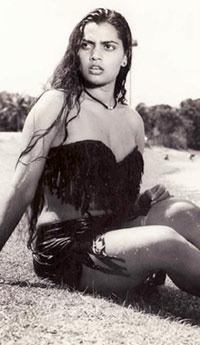 Also in all romantic affairs between a Muslim/SC/ST/Christian girl and a caste Hindu boy, it is she who chases the boy and not the other way round. On the other hand, some Muslim film producers/directors have portrayed prostitutes and ‘fast’ women as chaste Hindu women in the films directed and produced by them. Some of the Muslim producers/directors like Nadiadwala, Mehboob and KA Abbas have also portrayed upper caste Hindus as oppressing the lower castes.
Also in all romantic affairs between a Muslim/SC/ST/Christian girl and a caste Hindu boy, it is she who chases the boy and not the other way round. On the other hand, some Muslim film producers/directors have portrayed prostitutes and ‘fast’ women as chaste Hindu women in the films directed and produced by them. Some of the Muslim producers/directors like Nadiadwala, Mehboob and KA Abbas have also portrayed upper caste Hindus as oppressing the lower castes.
Parsis are invariably portrayed as silly and old. The Chinese settled in India are usually evil and shown as gangsters.
Dewan’s findings also focussed on the biased projection that wasn’t limited to religious minority groups, but included the non-Hindi belt. By and large except for the Hindi-speaking Aryan caste Hindu, nobody seemed to have been spared. And even in this category, the Kayasthas and Kshatriyas seemed to be the safest.
On the other hand, the depiction of Tamilians in the media was perhaps the worst, for they were not only referred to as ‘idli dosa types” but lately they 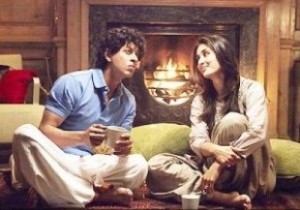 been to be shown as dons. And Dewan argued that this is/was factually incorrect, as his survey established that the great majority of dons and bootleggers were not Tamilian Hindus nor Tamilian Christians and Muslims.
been to be shown as dons. And Dewan argued that this is/was factually incorrect, as his survey established that the great majority of dons and bootleggers were not Tamilian Hindus nor Tamilian Christians and Muslims.
His findings also brought into focus the stereotyping of Sindhis and Marwaris as miserly folk. Scheduled Tribe women were often depicted as desperate to get the higher caste Hindu hero. But whilst the ST women are portrayed as clean and forever bathing near river banks, the men were shown as unattractive and dark. Hyderabadis were invariably portrayed as clowns and made the butt of many a joke. Maharashtrians were shown either as domestics or police inspectors.
What do you think of Pervez Dewan’s findings? Tell us in the comments section below.
(Pictures courtesy www.madaboutmoviez.com, movies.ndtv.com, www.santabanta.com, www.screenjunkies.com, www.balconybeats.com, www.lemauricien.com)
